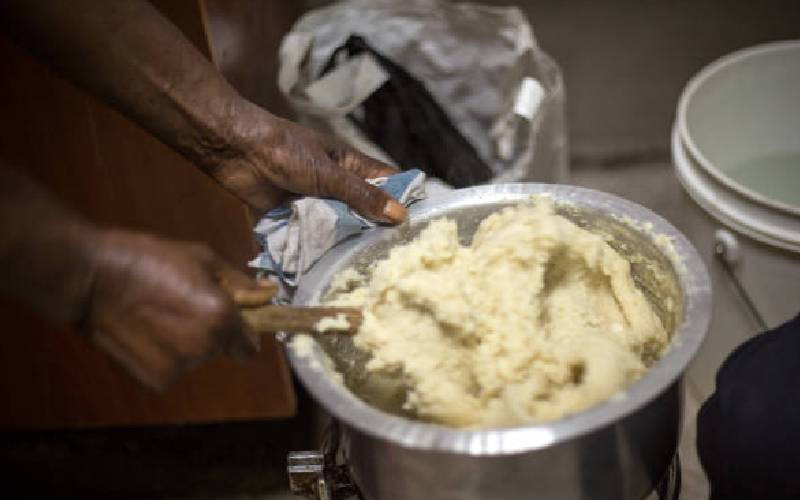
For decades, Kenya has been tittering on the brink of a revolution. Perennial drought and inadequate maize flour, for ugali, is a nightmare every administration has been grappling with since independence.
But the situation has not always been like this. Long before the Europeans came to Africa in the 1890s, pockets of Africans had started growing maize. In mainland Tanzania, the crop has been grown by the indigenous people from way back in the 12th Century.
But it is the coming of white farmers and commercial maize farming that revolutionalised the growing of this crop and changed the local diet forever.
Government statistics indicate that the first commercial farming of maize, specifically for export to European markets, started around 1909. This lucrative farming was however interrupted by the First World War. At the time the country was exporting 500,000 bags of maize. However, severe drought wiped out all the surplus and the country had to turn to South Africa for imports.
It is against this background that a commission was set up in March 1921 to establish how high maize production could be stimulated and lower railway freight charges introduced so that farmers could earn more.
But the country later realised that it had been riding on a flawed policy that encouraged monoculture. This not only impoverished the soils but also exposed growers to the vagaries of the international market where they were competing with subsidised colleagues in Europe.
The government attempted to market Kenya's maize in the UK in 1949 to no avail as the latter was grappling with the effects of recession brought about by the Second World War.
- Moses Kuria says Omondi did not refund him
- Ezekiel Mutua opposes collection of royalties via e-Citizen
Keep Reading
The government slammed the breaks on maize farming and even introduced price control, but made no attempt to mitigate the high cost of production.
Shortly before independence, the government had gazetted Sh35.50 a bag for the 1962 crop. When the time for payment came, the government introduced a cess of Sh11.5O per bag to cater for the loss incurred on the surplus exported from the previous year's crop.
As farmers protested the price reduction, the government promised that once hybrid seeds were imported, the cost of production would fall and the country would not only meet its domestic needs but also export.
Today, Kenya's maize farmers are crying for better prices while the government is looking for solutions in GMOs.
 The Standard Group Plc is a multi-media organization with investments in media
platforms spanning newspaper print
operations, television, radio broadcasting, digital and online services. The
Standard Group is recognized as a
leading multi-media house in Kenya with a key influence in matters of national and
international interest.
The Standard Group Plc is a multi-media organization with investments in media
platforms spanning newspaper print
operations, television, radio broadcasting, digital and online services. The
Standard Group is recognized as a
leading multi-media house in Kenya with a key influence in matters of national and
international interest.









